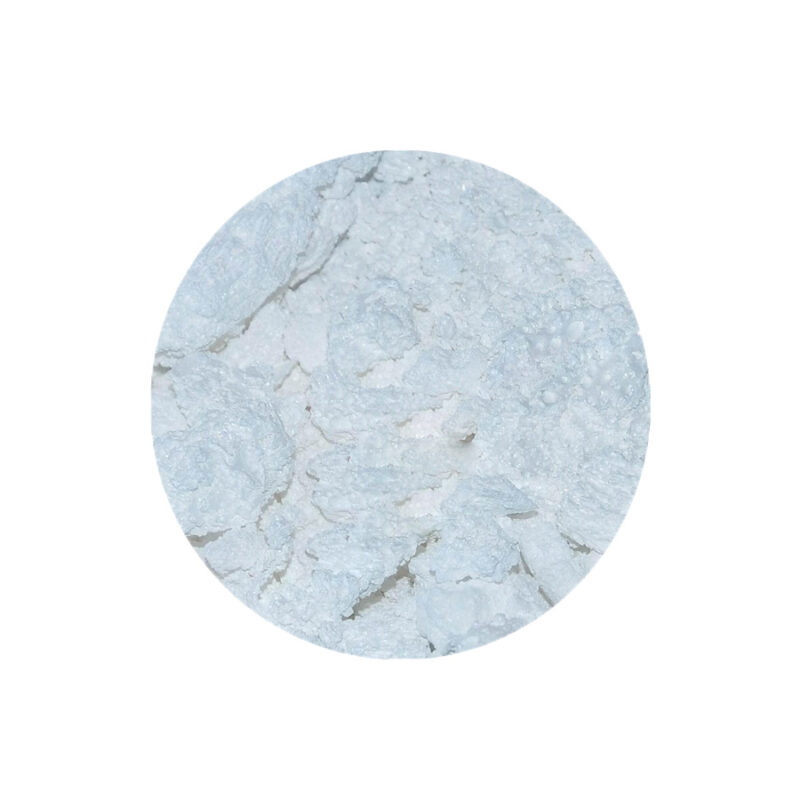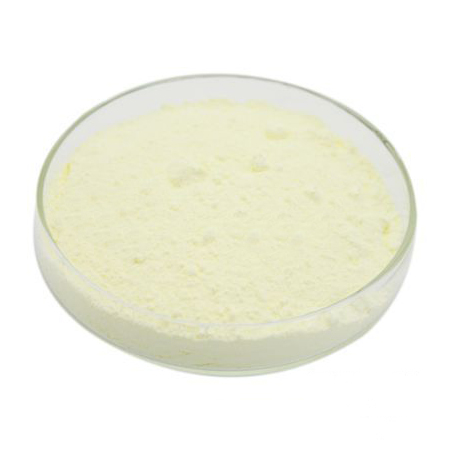Showing 145–156 of 334 results
-

- High Thermal Stability: Hafnium Dioxide retains its strength and stability even at elevated temperatures.
- Electrical Insulation: HfO2 is an excellent insulator, making it valuable in high-voltage applications.
- High Refractive Index: With a refractive index of over 2, HfO2 is useful in optical coatings.
- Corrosion Resistance: It offers strong resistance to corrosion, especially in high-temperature and aggressive environments.
- Mechanical Strength: HfO2 powder possesses high hardness, making it suitable for wear-resistant applications.
-

- High Dielectric Constant: HfO₂ has a high k-value (~25), making it an excellent insulator for semiconductor devices, improving their efficiency and scaling capabilities.
- Wide Bandgap (5.3 eV): The wide bandgap of HfO₂ allows it to be used in optical devices operating in a broad range of wavelengths, especially in UV and visible spectra.
- Thermal and Chemical Stability: Hafnium oxide exhibits exceptional resistance to heat and chemicals, making it suitable for use in harsh environments and high-temperature processes.
- Low Absorption in the UV and Visible Range: HfO₂ thin films provide excellent optical performance with minimal absorption in UV and visible wavelengths, making them ideal for optical coatings.
- High Refractive Index: HfO₂ has a high refractive index, beneficial for applications requiring optical coatings with high reflectivity or anti-reflection properties.
-

- Exceptional Magnetic Properties: Holmium’s strong paramagnetic characteristics are essential in the production of advanced magnetic materials.
- Thermal and Optical Stability: It can form stable films that perform well under various thermal and optical conditions.
- High Purity: Holmium pellets are available in high-purity forms, ensuring consistent deposition quality for precision applications.
- Neutron Absorption: Holmium’s ability to absorb neutrons makes it a valuable material in nuclear technology.
-


- High Purity: ≥99.9% purity ensures consistent performance in sensitive applications.
- Exceptional Optical Properties: Ideal for use in lasers, optical coatings, and devices requiring precise light manipulation.
- Stability at High Temperatures: Maintains performance even at elevated temperatures.
- Chemical Inertness: Excellent resistance to corrosion and oxidation, making it durable in harsh environments.
- Versatile Particle Sizes: Available in both nano and micron sizes, suitable for various manufacturing processes.
-

- Low Melting Point: Indium has a melting point of 156.6°C, making it suitable for soldering and low-temperature applications.
- High Conductivity: Indium films provide good electrical and thermal conductivity, ideal for electronic and thermal management applications.
- Excellent Wetting Properties: Indium forms strong bonds with glass, metals, and ceramics, ensuring effective adhesion in coatings and soldering applications.
- Ductile and Malleable: Indium is highly ductile, allowing for easy deposition and shaping into thin films or intricate structures.
- Corrosion Resistant: Indium is resistant to oxidation and corrosion, ensuring long-lasting durability in various environments.
-

- High Purity: Ensures reliable performance in sensitive electronic and industrial applications.
- Low Melting Point: Ideal for soldering and thermal interface materials.
- Excellent Electrical and Thermal Conductivity: Facilitates efficient energy transfer.
- Soft and Malleable: Easily forms thin films and intricate shapes.
- Corrosion Resistance: Stable in various environmental conditions.
-

- High Electrical Conductivity: In₂O₃ is known for its ability to conduct electricity while maintaining optical transparency, making it ideal for transparent electrodes.
- Optical Transparency: Provides high transparency in the visible and near-infrared regions, ensuring excellent optical clarity in thin films.
- High Purity: Available in ≥ 99.9% purity, ensuring high-quality deposition for sensitive applications.
- Stable Film Deposition: Exhibits excellent thermal stability, allowing for uniform and stable film formation during evaporation processes.
- Versatility: Can be used in a variety of deposition techniques, including e-beam evaporation and thermal evaporation.
-

- High Purity: ≥99.9% purity ensures optimal performance and reliability in demanding applications.
- Optical Transparency: Exhibits high transparency in the visible and infrared regions, making it ideal for optoelectronic applications.
- Electrical Conductivity: Excellent conductivity, especially when doped with other materials, for use in electronic and photovoltaic devices.
- Versatile Particle Size: Available in both nano and micron sizes, suitable for a wide range of manufacturing processes.
- Stable and Durable: Highly resistant to chemical corrosion and oxidation, ensuring long-lasting performance.
-

- High purity (≥99.9%).
- Exceptional semiconducting and optical properties.
- Low toxicity and environmentally friendly.
- Uniform pellet size for consistent deposition.
- Customizable sizes and shapes.
-

- High Purity: Ensures consistent performance for advanced applications.
- Semiconducting Properties: Ideal for electronic and optoelectronic devices.
- Wide Bandgap: Enables applications in high-performance photodetectors and solar cells.
- Thermal Stability: Supports use in high-temperature environments.
- Custom Particle Sizes: Available in nano and micron ranges.
- Versatile Applications: Spanning optoelectronics, photovoltaics, and research.
-

- High-Temperature Strength: Retains superior mechanical properties at elevated temperatures, ensuring long-term reliability in harsh conditions.
- Oxidation and Corrosion Resistance: Exceptional resistance to oxidation and corrosion, even in extreme high-temperature environments.
- Excellent Castability: Ideal for casting applications due to its excellent moldability and resistance to thermal fatigue.
- Versatile Manufacturing: Compatible with additive manufacturing, powder metallurgy, and traditional casting methods.
- High-Precision Components: Suitable for applications that require high-performance parts with precision and minimal defects.
-

- High-Temperature Performance: Outstanding mechanical strength and creep resistance at elevated temperatures.
- Oxidation and Corrosion Resistance: Excellent resistance to oxidation and hot corrosion, ensuring long-term durability.
- Low Carbon Content: Reduces susceptibility to carbide precipitation, improving fatigue resistance.
- Exceptional Castability: Optimized for precision casting applications, with excellent mold-filling capabilities.
- Versatile Applications: Compatible with powder metallurgy and additive manufacturing for complex component production.













